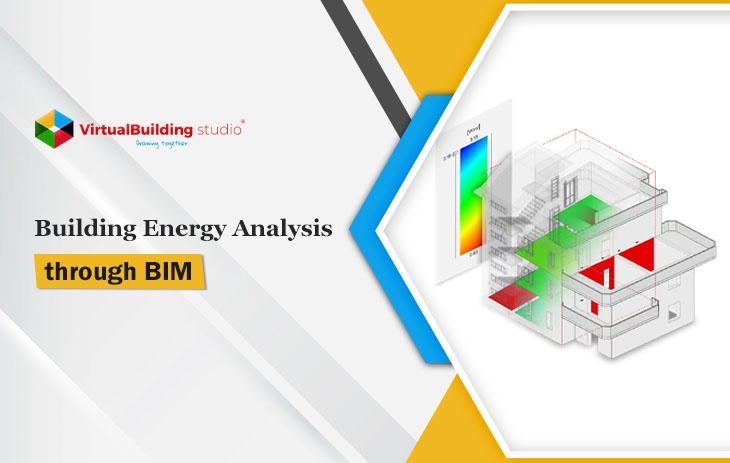
With the ever-growing concern about climate change, more architects and engineers have started developing designs that take into account the environmental impacts, along with the building life cycle costs. Energy performance analysis can be very useful in achieving sustainable outcomes.
Even today, the energy analysis is performed using statistical means, rather than through dynamic energy simulation software. These software programs have been available for several years now but have been majorly used by researchers and not practitioners. These programs entail loads of manual input work, as opposed to the simpler statistical calculations. And, let’s face it; the building is a tedious task, as it is.
But, with the advent of BIM in the construction industry, energy simulation has become simpler, and the management of thermal performance has now become possible.
BIM incorporates most of the building element-specific information into the BIM model. This way, the input becomes easier, the output more efficient, and the existing data more reusable. These tools provide insights into a greener future.
A majority from the public construction sector of the USA, UK, UAE, India, Denmark, Europe, Finland, and many countries has mandated BIM in all of their projects to extract maximum benefits for thermal performance through Green Energy analysis.
Let’s list down a few of the advantages of using BIM for Energy analysis:
- Once you have properly defined each element, with respect to space, time, and materials, you can run and re-run the energy analysis as many times as you want, without having to re-input the data. This saves a lot of time and energy.
- Continuous management of thermal performance throughout the building life cycle.
- The project model can be viewed as a structural model, an architectural model, or a BS system model.
- BIM provides the possibility of a combined model that helps tackle collisions and other spatial issues.
- BIM renders existing data more efficient and more re-usable.
- BIM can be used for spatial whole building models instead of the zone-based ones that are often used.
- Allows tracking of thermal performance throughout the operation and also during maintenance.
- These simulated thermal analysis values can be used as starting points for HVAC system designing.
- Efficient use of intelligent data libraries.
- It provides easy-to-understand 3D visualizations for the clients.
Green building refers to the application of environmentally responsible processes throughout the building life cycle. This helps in the conservation of the environment, provides resource efficiency, higher resilience, and increased productivity. These sustainable means are the need of the hour and BIM is helping us achieve the same, one green model at a time.




